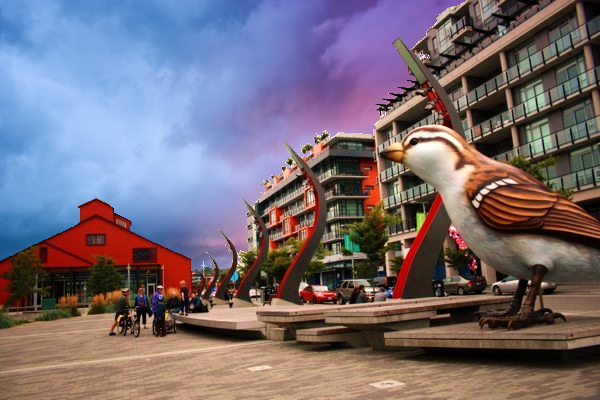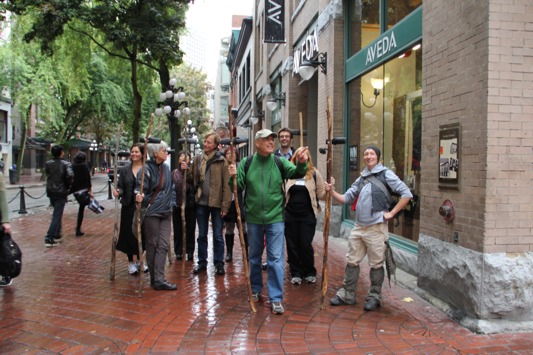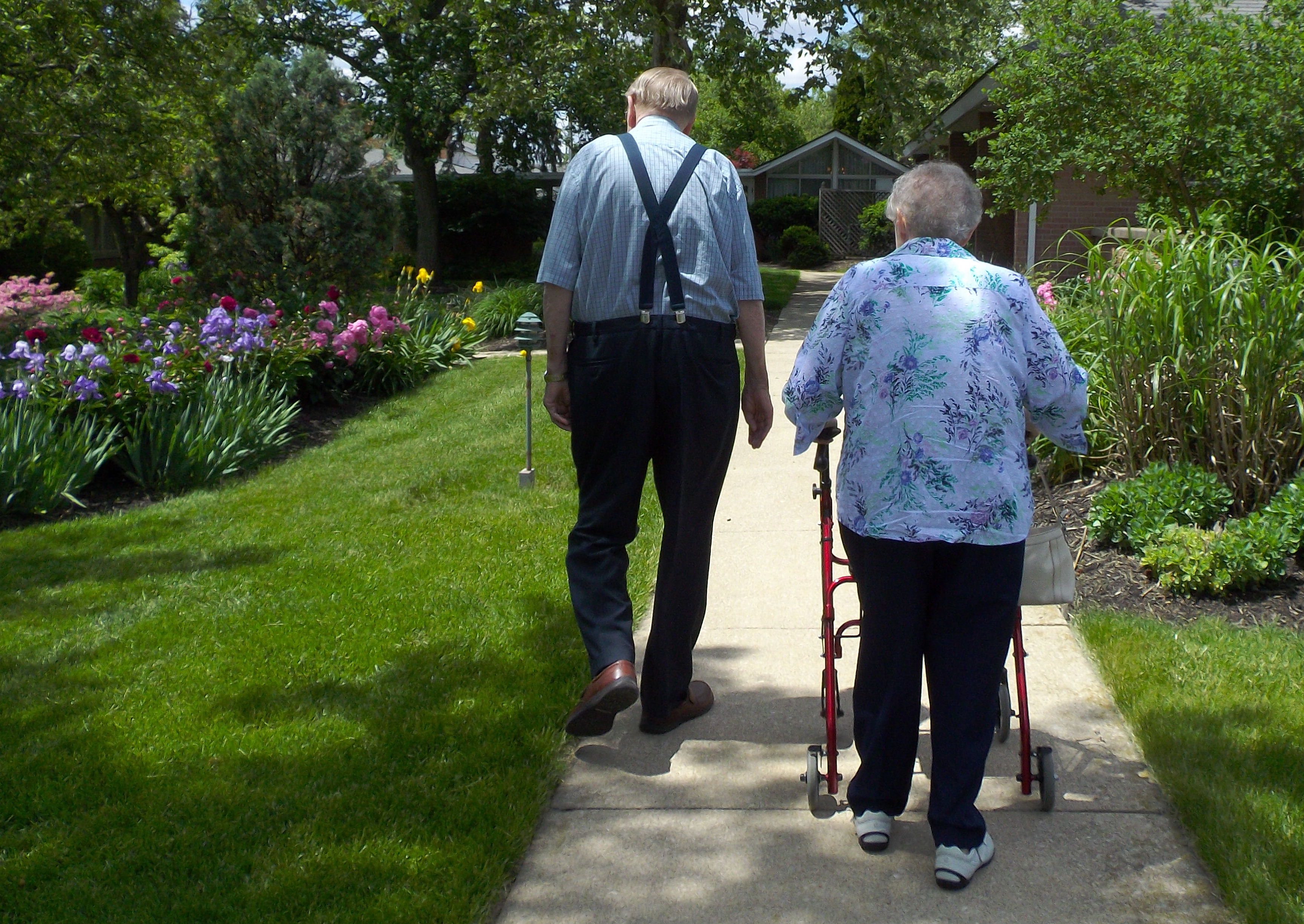
The New York Times reports on a new phenomenon-the seniors are leading the way in retirement by showing us how we SHOULD be living-in walkable communities.
While people look for a comfortable house that works for families when they are younger, “aging in place” is not necessarily the right term for older folks-“aging in community” appears more apt. This is especially important as the baby boom goes into their senior years, and will need access to shops and services, and may not necessarily be able to use a car.
In the age of the Fitbit and a growing cohort of active, engaged retirees eager to take their daily 10,000 steps, retirement communities have been slow to change. Eighty percent of retirees still live in car-dependent suburbs and rural areas, according to a Brookings Institution study.
Retirement communities are normally in two types: isolated gated communities, or large homes on golf courses, such as Tsawwassen Springs. The challenge is both of these types of developments are car dependent, and not great for walking, with curvilinear streets and dead ends. There is a new shift-getting out and walking to shops and services. Among senior housing projects, examples include Waterstone at Wellesley along the Charles River in the Boston area and The Lofts at McKinley in downtown Phoenix.

Walkability, though, is much more than a hip marketing pitch. It’s linked to better health, social engagement and higher property values. Research shows that walkable mixed-use communities can reduce disabilities for the aging, enhance social contacts and creates community. The challenge is building senior friendly mixed use developments within existing cities, as mainstream retirement developers had traditionally favored suburban or exurban sites that involve sprawling “greenfield” building on relatively cheap farmland. The new approach, by contrast, is for dense, urban or town-centered sites that are accessible for services and socially vibrant.
Changes that will be needed to accommodate seniors are rezoning mixed use developments and infrastructure changes such as wider sidewalks, bike lanes, more public transportation options and longer pedestrian signal walk times. That way instead of moving to remote locations away from family and familiar services, Grandma and Grandpa can stay where they have always been and be part of the whole community.






